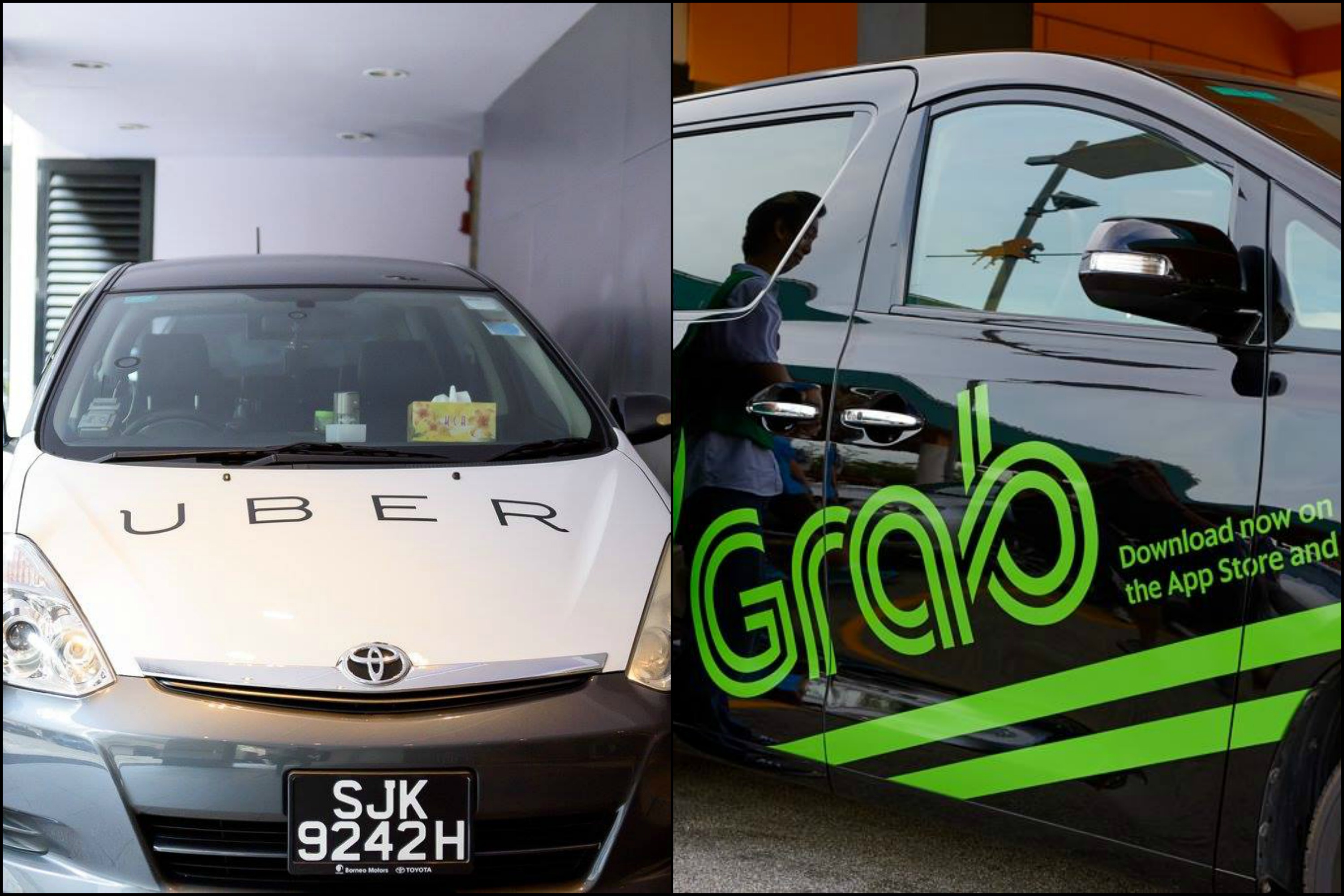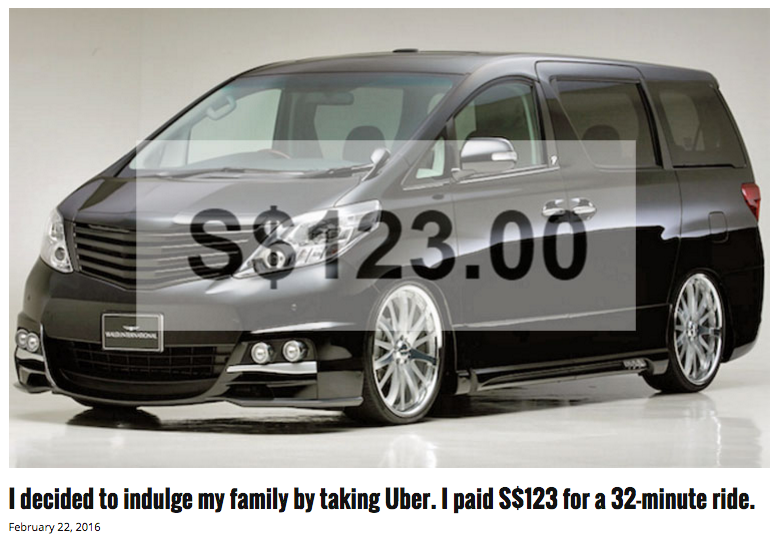In the three years since Uber started offering fancy black car rides in Singapore, and GrabTaxi (now called Grab) introduced their GrabCar service in 2014, Singapore’s private hire car industry has grown pretty rapidly.
There are now over 30,000 private hire cars plying our roads (although this number includes the self-drive Hertz rental type), and at prices that can be pretty competitive, too.
This is where we divide Singaporeans into two groups: The group that consists of savvy and frequent users of UberX, GrabCar or other taxi booking apps, and the group that, well — thinks they cheat customers and threaten the livelihoods of our beloved taxi drivers, and therefore must be stopped at all costs.
Now if you’re in the latter group, we don’t blame you. But here are some things you might (wrongly) assume about them that we hope to put straight right now:
1) Third party ride booking apps are all the same.
 Screenshots from app
Screenshots from app
The truth is, all third-party ride booking apps allow for taxi booking. At the moment, two (Uber and Grab) allow for private hire car bookings too — notice the slider at the bottom of the two screenshots.
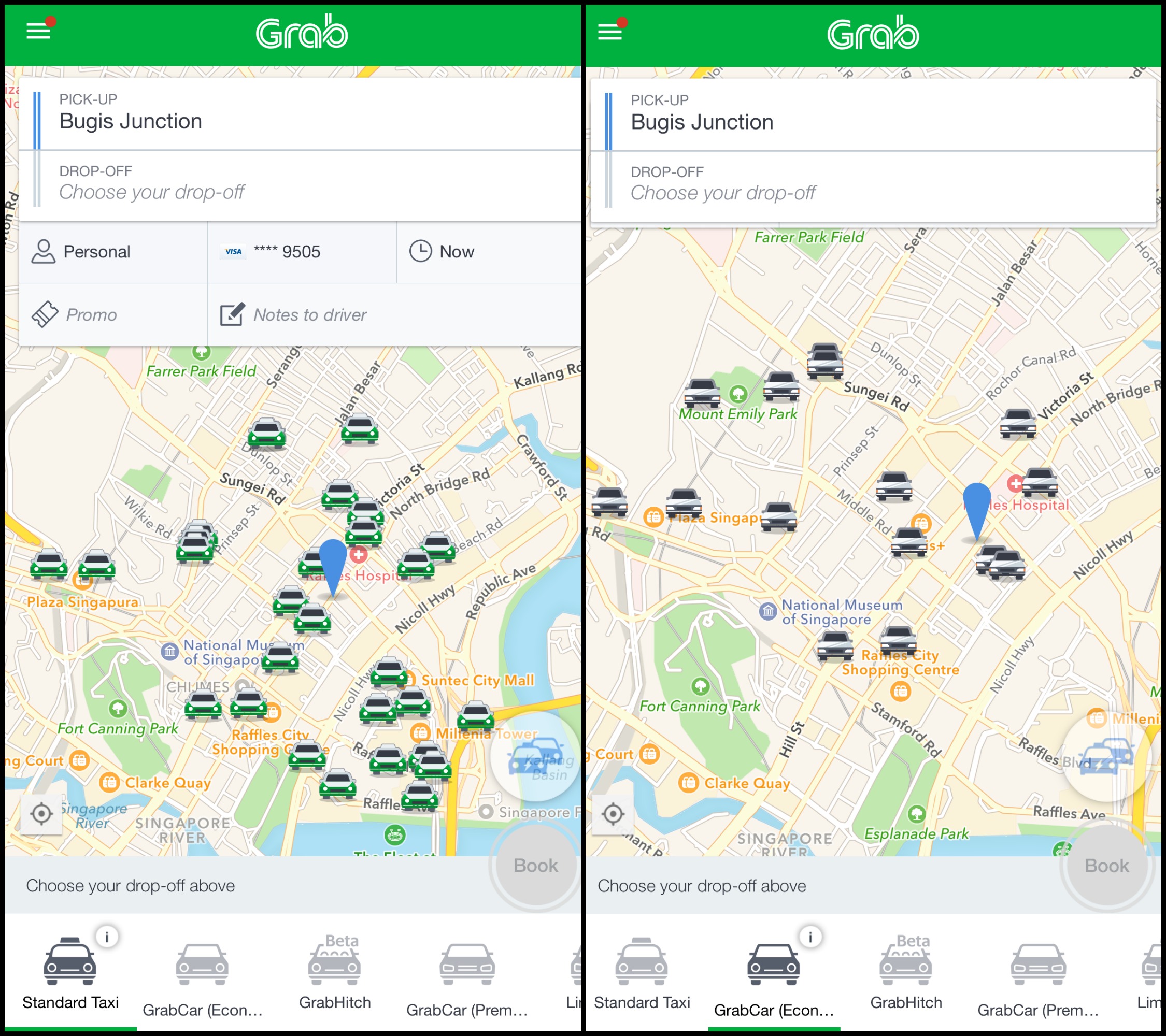 Screenshots from app
Screenshots from app
Under Grab, there are two types of taxis you can book (standard and limo), and four types of GrabCars including private hire cars and minibuses. Uber gives you a standard taxi option and four private hire car options. You can also see these at the bottom row of the screenshots here.
So if you mention Uber, that would include all the different ride categories — taxis and private hire cars, which are all priced differently. Same for Grab. So the first thing to know is if you’re talking about private hire car services, you’ll have to say “UberX” (this is the one your friends take, most of the time) or “GrabCar Economy”.
Price-wise, those two are the most comparable to taxi fares, and are therefore reasonable alternatives to them. But we’ll get to pricing later.
2) Uber cars can charge you hundreds of dollars without you expecting it.
Well, we can’t say this could never happen, given the existence of stories like this:
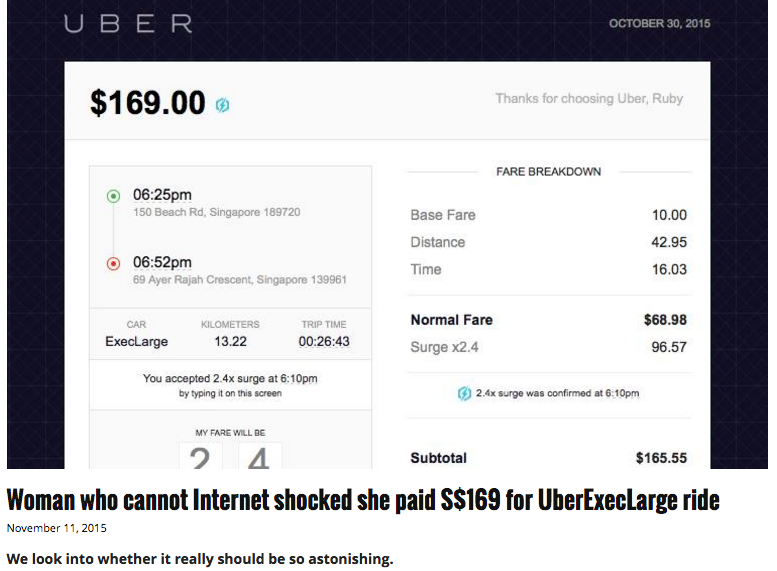 Click to read the full article
Click to read the full article
And this:
And any other sensational headlines or anecdotes you might have seen and heard in recent years from friends, aunties or uncles.
But what you need to understand is that there are perfectly valid reasons for things like the above happening.
With Uber, you might have heard of something called “surge pricing”. They themselves have quite comprehensively explained this before, so they’ve got nothing to hide about it.
Basically:
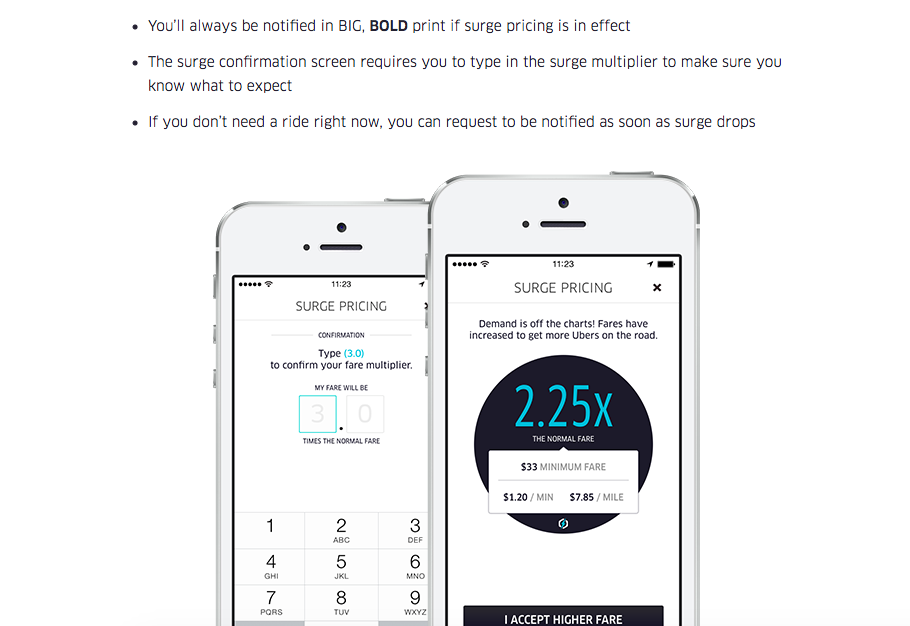 Screenshot from Uber.com
Screenshot from Uber.com
- You will always be told in advance (you’ll see a blue lightning bolt next to the ride option) when there is a price surge.
- Before you are allowed to confirm your ride booking, you will be made to type the exact surge multiplier into boxes (like the one you see above), like 2.25 or 3.0 times the fare.
- And even before you key that in, you have to click a big button that says “I ACCEPT HIGHER FARE”.
- As an additional countermeasure, you still have the option of keying in your start and end points and seeing what the fare estimate will be, with the surge in place.
By the way, in case you think fleeing to Grab is the answer to completely avoid paying surge prices for your private hire car ride, think again — Grab has its own way of automatically hiking fares during its peak demand periods.
 Screenshot from grab.com
Screenshot from grab.com
Indeed, the price is agreed-upon in advance, but your fare can jump from $17 to $35 over the exact same journey, depending on the time of the day that you choose to book your car ride. In their case, a window pops up to inform you that prices are higher where you are, but when or how they tweak fares isn’t entirely transparent to passengers.
3) My credit card details are not safe when I enter them into the app
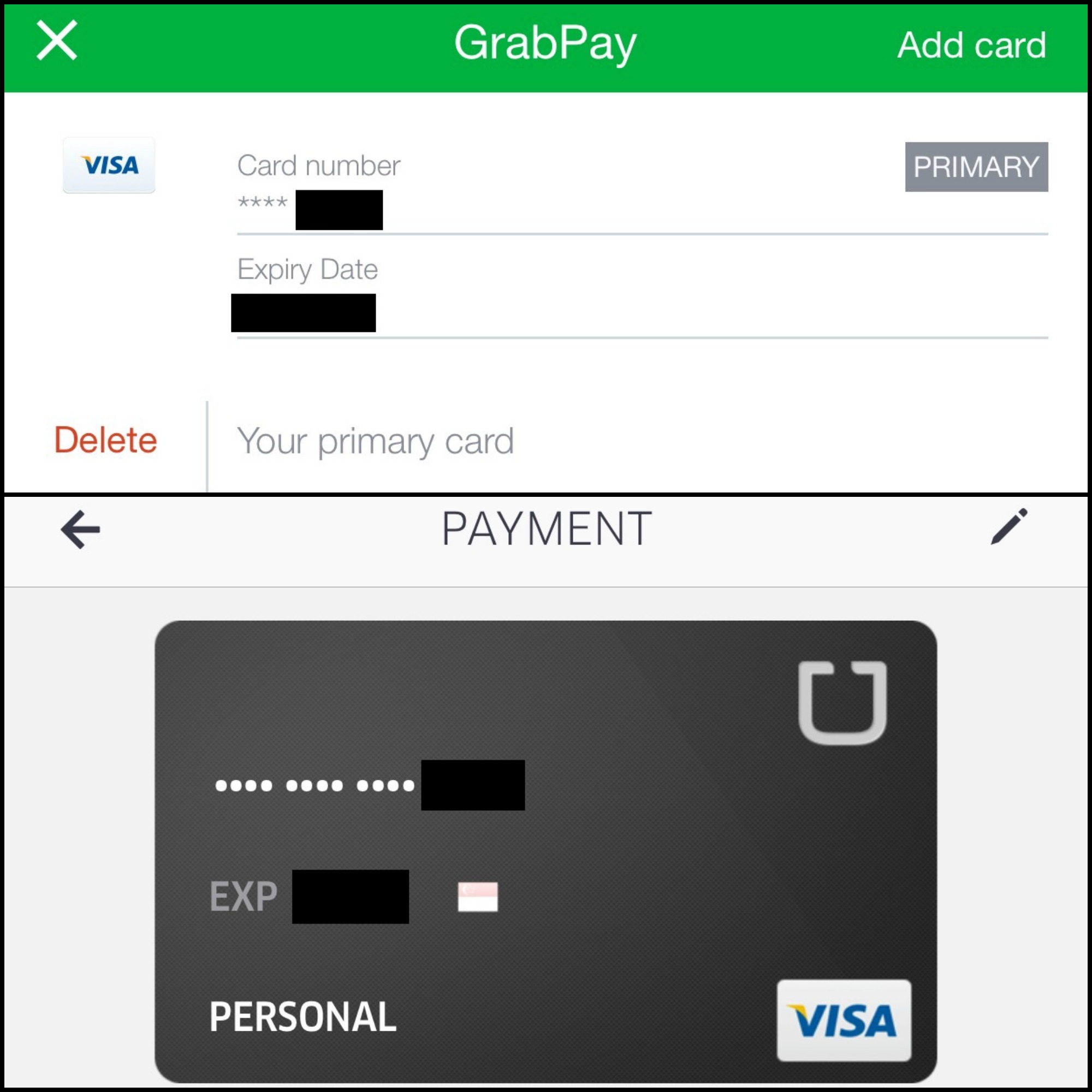 Screenshots from Grab and Uber apps
Screenshots from Grab and Uber apps
For many users of third-party apps like Hailo, Uber and Grab, one big draw is their ease of payment.
By charging the fares to one’s credit card, a passenger can step into and out of a cab or car confidently and with ease, without once needing to whip out his or her wallet, wait for the NETS machine to receive a signal or pay for annoying taxi company-added credit card surcharges.
But if I enter my credit card details, is it secure? What’s stopping the companies from deducting money from me outside of my rides?
Thankfully, questions like these are easily answered in a country like Singapore, where all apps or websites with secure payment functions that users submit credit card details to are beholden to the Association of Banks in Singapore.
What those folks do is to ensure your credit card information is always secure (the companies don’t know or keep it) and your money is not in jeopardy.
But hey, Grab and Hailo have always allowed their customers to pay by cash, and now even Uber has been trying out cash payments in Singapore!
4) GrabCar and UberX are always cheaper than taxis
Why yes, it is true that because GrabCar and UberX don’t charge booking fees per se or, say, peak-hour or midnight surcharges, they are indeed often cheaper than taxi fares.
HOWEVER, GrabCar and UberX are not ALWAYS cheaper than taxis. In fact, during off-peak periods, they can even be more expensive than regular cabs, even when booking fees are added. GrabCar also charges $5 for each additional stop they make (since it doesn’t allow you to make changes to the destination), if you’re sharing the ride with a friend, for instance.
Individual experience can vary, of course, depending on where you’re travelling from and to, and at what time of the day you’re making your journey. Don’t forget the surge pricing and dynamic pricing that Uber and Grab have (see point 2) which can make them a lot more expensive than taxis when demand peaks.
If you’re not sure which is the cheapest, simply switch between your apps to check their estimated fares for your trip, and pick the best-priced one that way.
At the end of the day, if you can forgo the convenience of having a taxi arrive at your doorstep, hailing one down by the side of the road will (most of the time, barring the driver taking you for a ride) be the cheapest during off-peak hours.
5) Passengers taking private hire cars are not covered by insurance and so are exposed to greater danger.
Under Singapore laws, all vehicles need to have adequate insurance to cover their intended use (although such mandated insurance is only for bodily injury and not property damage). If not, the driver and the vehicle owner who lets the driver do so without proper insurance will be in big trouble.
This is why if you’re in a taxi (or any other vehicle used in their intended manner) and get injured in an accident (choy) or any other situation, you’re covered by insurance.
Little did you know, private hire cars also offer insurance coverage that meets legal requirements — Uber drivers are all required to obtain commercial car insurance, which if they lease a car from a rental company, will come with the vehicle. Those with their own cars have to register a company, register their cars under that company and get the commercial car insurance accordingly. This will cover bodily injury that a third party — passenger or pedestrian outside, for instance — might sustain from an accident.
Even if for some reason the car’s insurance is not adequate, e.g. the car is meant for personal use but the driver uses the car for commercial gain, and this slips past Uber and Grab somehow, there is still recourse for passengers. Under Singapore laws, the insurer of this car is entitled to void the insurance, but it is still obliged to honour the passenger’s claims, and the insurer will have to recover its money back from the car driver.
Apart from commercial car insurance, Grab’s additional personal accident insurance covers a variety of problems like disablement, falling into a coma, third-degree burns, HIV and mobility aids.
Besides, private car hire drivers have similar problems and stress to taxi drivers in the event of an accident, especially when leasing the car from a rental company, so it is also in their interest to drive safely.
Top photo: Composite of images from Grab, Uber Facebook pages
If you like what you read, follow us on Facebook and Twitter to get the latest updates.
This post fuels the Mothership as most of our writers don’t know how to drive for a living.
If you like what you read, follow us on Facebook, Instagram, Twitter and Telegram to get the latest updates.
